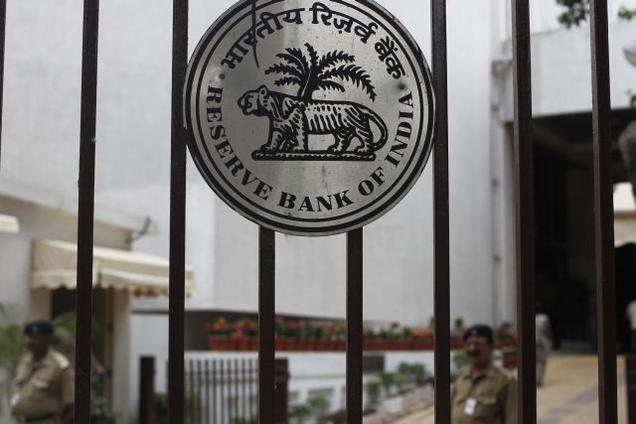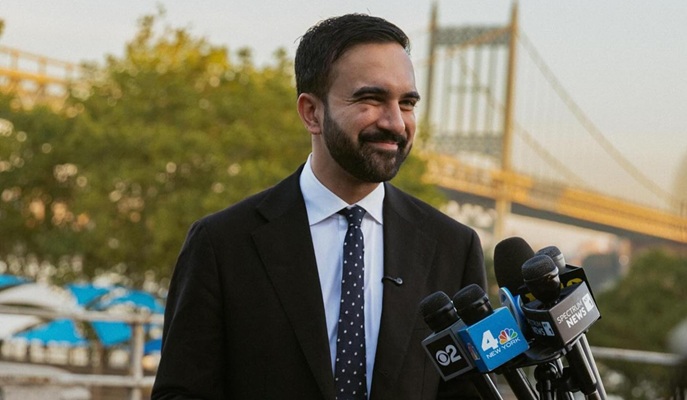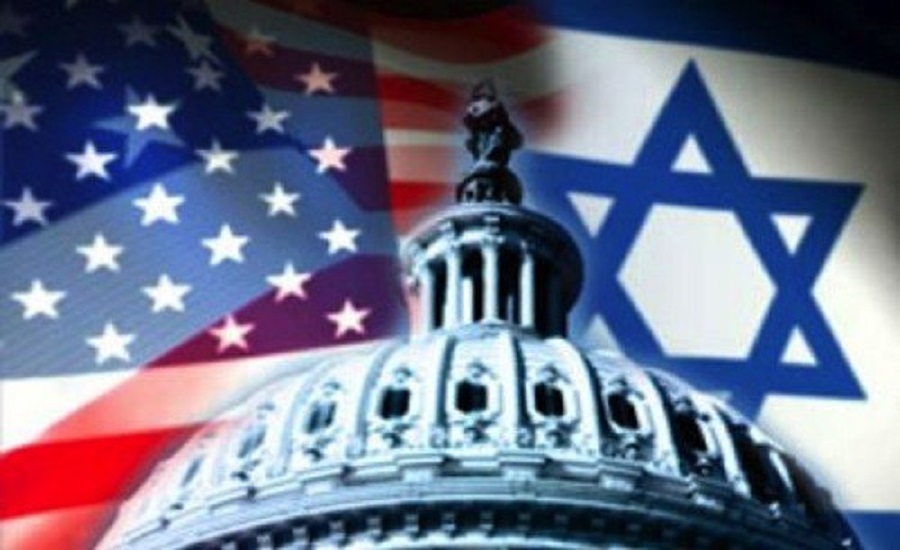New Delhi: The Reserve Bank of India will have to buy forex reserves to the tune of USD 80 billion by March 2016 if it were to at least maintain the current eight monthsˈ import cover, says the US brokerage Bank of America-Merrill Lynch.
According to the latest RBI data, forex reserves stood at USD 309.41 billion for the week ended April 18, which can cover about eight months of imports.
As per this report, since March this year, the reserves have risen by USD 12 billion.
ˈWe expect the Reserve Bank to recoup the USD 70 billion of forex it sold (excluding concessional/oil swaps) since end-2008 at the earliest.
ˈSince the balance of payment indicators are now trailing behind other BRICs, we expect RBI to buy USD 33.9 billion, including forex swaps with oil firms in FY15 and USD 41.7 billion in FY16, if oil stabilises at USD 105 a barrel levels,ˈ Bank of America-Merrill Lynch India economist Indranil Sengupta said in a research note, pti reported.
Including the dollars swaps, the RBI has to buy back at least USD 80 billion before March 2016, he added.
It can be noted that between September 2011 and May 2013, the forex reserves fell by a whopping USD 31.6 billion, and since May 2013 and December it lost USD 9.3 billion but by December 2013 it rose by USD 2.3 billion and since March this year, it rose by over USD 12 billion, including the forex swaps with oil companies.
Sengupta further said a stable government after the ongoing polls will also likely raise USD 20-25 billion by listing the G-Secs in a benchmark emerging market bond index and another alternative could be to raise USD 5 billion a year of sovereign bonds like Brazil or Russia.
ˈIt is not as if the forex market will wait for RBI to buy the entire USD 80 billion. All it is looking for is a confirmation that the RBI has returned to the Jalan-Reddy policy of building forex reserves to guard against contagion,ˈ Sengupta said.
Stating that an 8-10 month import cover is a must for the rupee stability, Sengupta noted that FII investment in equities has risen to 80 per cent of forex reserves now from under 30 per cent in 1997, which will strengthen the rupee on one hand but can also weaken it if they withdraw heavily.
Sengupta arrived at the USD 80 billion figure because the sum of the current account deficit and short-term external debt of residual maturity works out to USD 220 billion if gold imports remain at the current levels which is almost six months of import cover.
Also, he said the current forex reserves of USD 309 billion will shrink to about six months of import cover on March 2016 basis, a case seen last only in 1996.
Stating that the forex policy of the next government will be the next major trigger for the rupee, Sengupta said he expects the next regime to allow RBI to recoup forex reserves to ensure external stability.
Noting that most governments in the past followed a conservative policy of building up forex reserves, if necessary, at the cost of the rupee, he pointed out that the Narasimha Rao regime of 1991-96 let Governor C Rangarajan to float rupee in March 1993 and shore up the reserves to avoid a repeat of the 1991 crisis.
Similarly, the United Front government of 1996-98 gave a free hand to Governor Bimal Jalan to battle the South Asian currency crisis with tightening.
The NDA regime of 1998-2004 also allowed Jalan to build the reserves, even at the cost of the rupee, to fight the SE Asian contagion by issuing the Resurgent India Bonds in 1998 and India Millennium Deposits in 2001 to shore up FX reserves. This almost doubled import cover to over 15 months.
Under the UPA I (2004-09) Governor Y V Reddy continued to accumulate forex reserves, as insurance cover. But the UPA II took a different stance of protecting the rupee, which saw the reserves fall.
On the rupee level he said he sees the RBI holding the rupee at 60-65 to the dollar, though a favorable poll outcome may temporarily push it to 58 levels. However, by June the rupee will slip to the 60 level.
Sengupta has based his assumption on past experience wherein the rupee stabilised after the import cover crossed over eight months in 1997 and depreciated over 25 percent since the European crisis after it fell below eight months in December 2011.






0 Comments